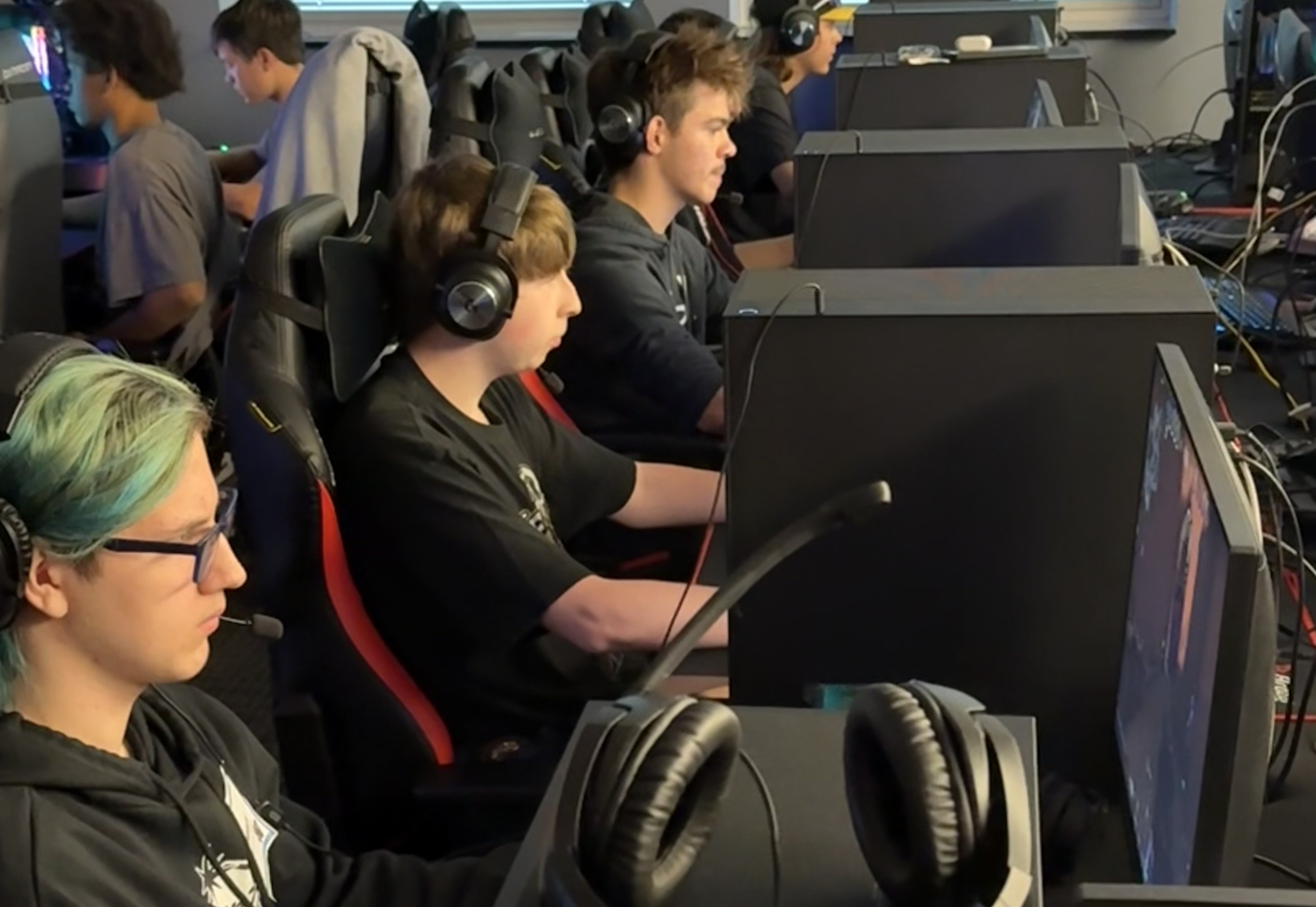DAILY INSIGHT: Our 1:1 Project in Hunterdon Central
By Lisa Brady, CIO Advisor
With everyone talking about 21st-century classrooms and changes for teaching and learning, I thought I would share what we are doing at Hunterdon Central with our student 1:1 computing program. This is our second full year running this program and for our kids and teachers involved with this initiative, it has radically changed the way that instruction is being delivered in these classes.
Student 1:1 computing was an idea that we piloted and implemented during the 2009-2010 school year. No one can argue that we are in a time of remarkable technological change. Having witnessed the rise of a truly interactive World Wide Web where people of all ages and interests can create content and share their ideas, it is hard to not be on fire about the implications for our classrooms. This new connectivity has ushered in an era of communication and collaboration that our society has only begun to understand. Transformational tools such as blogs, wikis, podcasts, RSS, social networking and simulations make sharing information and interacting with others easy and efficient. Wikipedia, You Tube, Facebook, Twitter, and Ning, are just some of the high-profile examples of the types of technologies that are connecting disparate people in communities of work and play.
This worldwide shift has manifested itself at Hunterdon Central in many ways, including a classroom model that equips each room with at least six computers, a wireless projector and multimedia sound, a teacher tablet PC program, monthly technology professional-development meetings, a summer technology academy and a teacher technology self-reflection survey that informs the development of professional improvement plan goals.
A 1:1 student computing environment--in which each child has a computer for use at school and at home--builds upon this existing foundation in many ways. First, it enhances the classroom environment by giving every student access to powerful tools throughout the school day. Second, it gives students the same kind of technologically rich environment at home that they receive at school. The 1:1 computing program allows students to begin to spend their class time and homework time operating in the same kind of information rich environment that they will use after graduation. This gives students enhanced opportunities for leadership, increases the level of possible personalization and enhances the environment for teaching and learning.
We believe that it is critical that schools take the lead in producing technologically rich learning environments since many students, despite their facility with basic technological tasks, do not understand how to leverage these resources into powerful learning tools. Students need the same kind of scaffolding for their technology use that they receive in many other areas. They need to learn how to operate safely online, how to create an age-appropriate online presence, how to connect with other people to further their learning, how to filter the torrent of available information and how to contribute meaningfully to the world through their online activity. We believe that a well-implemented student 1:1 program will measure the same increase in student technological skills and understanding that we have traced during the past few years in our teachers and will better prepare them to compete in the 21st century.
During the 2009-2010 school year, 17 teachers and more than 300 students participated in the 1:1 pilot project. The data collected as related to their experiences has been exciting and powerful for both teachers and students. During the summer of 2010, an additional 27 teachers were trained and the pilot has been expanded this year to include more than 1,000 students. Through a partnership with the Verizon Foundation, we have been able to provide Internet access at a reduced cost to the district for our students who are economically disadvantaged. We have also reached out to community members and businesses who have generously provided financial support for economically disadvantaged students to have netbooks even if they are not part of the 1:1 computing classes. This gives these students the same resources and access as their peers from more financially stable families.
Tools and ideas to transform education. Sign up below.
Changes in the way that instruction is delivered are a critical catalyst for the kinds of changes that will engage our students in the kinds of authentic learning experiences that will prepare them to be the global citizens and independent learners that we envision when we think of their future success. Although the technology is important, it is the changes in the way that we think about teaching and learning that will define the successful schools of the future.
Cross posted on The Wired Superintendent
